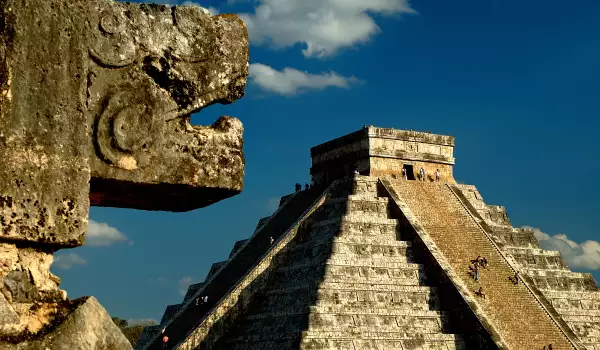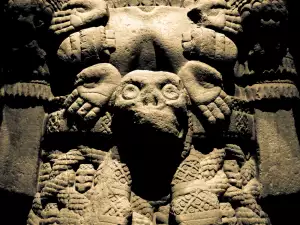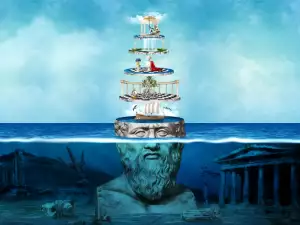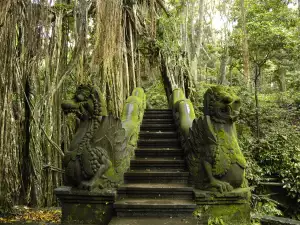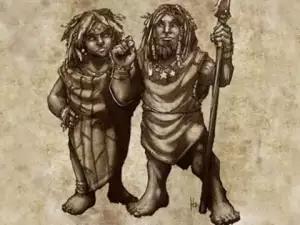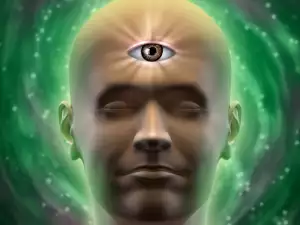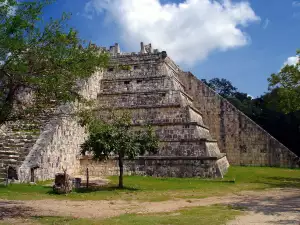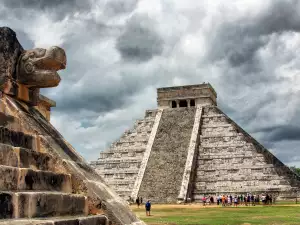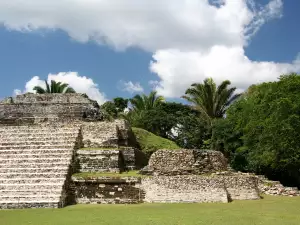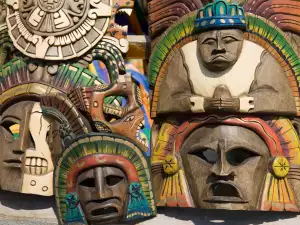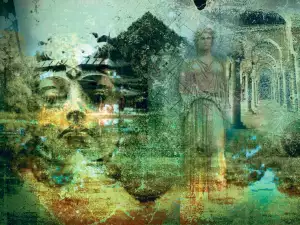A civilization that built pyramids and ruled over much of Central America until it suddenly collapsed - this is the world of the mysterious Maya.
It is not inexplicable why the Mayan civilization is one of the most amazing, mysterious and attractive human societies to ever inhabit the planet. It continues to attract scientists and ordinary people alike, and the mysteries it holds have been waiting to be answered for centuries.
Evidence of a long-gone civilization is everywhere, but most of it is covered in vegetation as the jungle reclaims its dominance over the land.
Abandoned and desolate, today these sites and artifacts, both the temples, the pyramids and the remains of art and even writing, are thought provoking. Much more is now known about the great achievements of their society - they were the first farmers in the region and tamed the wild, built cities and perfected almost every aspect of the civilization of the time, but the mysteries outweigh the known facts.
Origins of the Maya
Experts suggest that the roots of this civilization should be sought in the history of migrating groups from Asia. In fact, the Mayans made their way to the American continent from Siberia during the last ice age. Many years passed before their ancestors took root in the dense jungles of Central America.
The development of their civilization took place on the territory of the modern countries of Mexico, Guatemala, Belize, Salvador and Honduras. Researchers have discovered hundreds of Mayan cities, but not all of them have been studied by archaeologists. What is assumed about them?
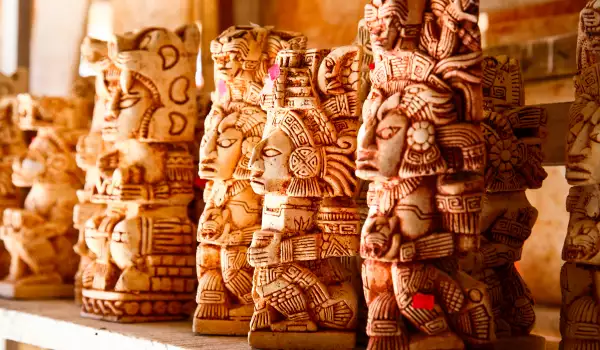
Although the origins of the Mayans are still not fully understood, their culture is believed to have originated between 7000 BC and 2000 BC, when groups of hunters and gatherers abandoned their nomadic life and create permanent settlements.
Recent analysis suggests that these settlers came from South America and probably brought their staple food, corn, with them by 4000 BC. Maize cultivation dramatically changed the development of the Maya and became the basis for the rise of their society.
These new settlers didn't just plant corn, they made it fit for human consumption through processing, in which the dried corn was soaked, then cooked in an alkaline solution that softened the kernels and made them more digestible. In addition, the Maya cultivated other important plant foods such as squash, cassava, and beans.
They developed in parallel with the neighboring Olmec civilization, exchanging ideas with them. Like the Olmecs, the Maya focused on building cities around their temples. This advance in agriculture and urban planning is now known as the Preclassic period, spanning the time between 1500 and 200 BC.
The Maya also created complex trade networks, advanced techniques in agriculture, irrigation, water purification, warfare, sports activities, writing, and created their famous calendar.
The heyday of the Mayan civilization
During the Classic Period (AD 200-900) Mayan civilization reached its peak. At this time, they perfected their temples and grand buildings that look like palaces, although it is not clear what exactly their function was.
Among the most important Maya cities are Palenque, Chichen Itza, Tikal, Copan, and Calakmul. These city-states and local rulers vacillate between peaceful coexistence and a struggle for control.
Maya architecture and art reflect deep-rooted religious beliefs. The Mayans believed that divinity could be found everywhere in the world around us, even in objects.
They worship their gods with various rituals, including human sacrifice and bloodshed.
Decline of the Mayan Civilization
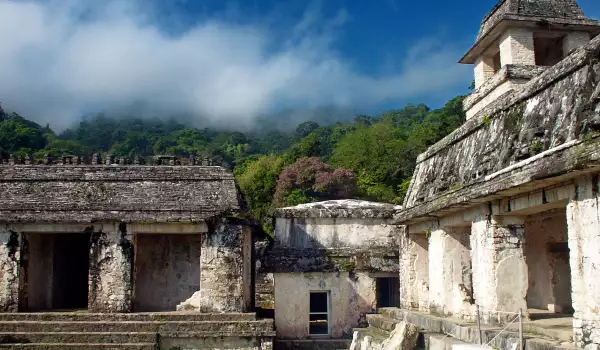
The decline of the Mayan civilization began quite unexpectedly about 1200 years ago. Magnificent temples crumble, palaces fall into disrepair, people stop carving hieroglyphs on stone walls. In just a few centuries, the Maya abandoned 90% of their cities.
What is happening to the Maya
According to some researchers, the reasons for the unexpected end of the Maya are the clearing of the jungle and soil erosion. Long periods of drought further complicate the situation and lead to mass hunger and poverty.
According to another theory, the Maya developed their culture based on two centers - Tikal and Kalakmul. This creates contradictions between them that resemble the modern Cold War.
Sometime around 695 AD, relations changed dramatically. Fighters of the warring centers went to armed conflicts, as a result of which the king of Kalakmul was kidnapped and killed, and this led to the collapse of the structures in this center. The collapse of one power creates a power vacuum in the other, and Tikal also fell.
After the decline of the kings, the population survived for several more decades, but the cities were destroyed, and everywhere small conflicts led to violent clashes, including armed ones.
Left without leaders, the population does not care for the common good and this leads to a general decline of the settlements. Then the drought comes, puts an end to life in the cities and people leave them.
The Mayans, however, continued to live even after the decline of their majestic cities. Currently, there are about 6 million more of their descendants in the world, scattered throughout Mexico, Guatemala and Honduras. Most of them live in miserable social and economic conditions.
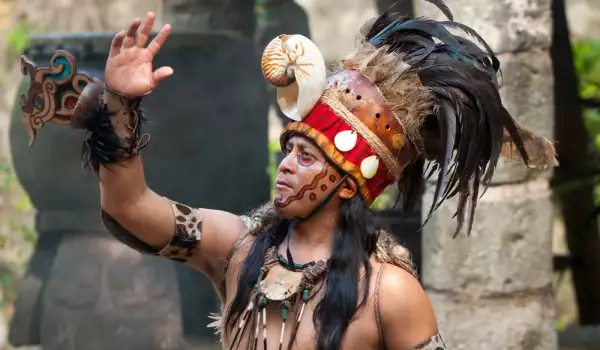
Although some northern cities continued to flourish, the majority of Maya centers began to crumble in the 9th - 10th centuries. Wars between cities become more frequent, trade declines, and death rates rise. So the disappearance of the Mayan culture was a long process, not a one-time act.
Those of them who remained faced the European colonization that began in the year 1500. When Spain completely conquered the Maya around 1524, most of their most important cities were already abandoned.
Meanwhile, the newly arrived Spaniards paid little attention to the ruins scattered throughout their colonies, even as they conquered Mayan lands and imposed Christianity on the indigenous population.
Rediscovering the Maya by Modern Science
It wasn't until 1840 that researchers began to talk about the Maya, intrigued by what the mysterious people had left behind.
Nowadays, the study of the Mayan civilization is on the rise, and modern archeology has probably uncovered everything from ruins to religious relics swallowed by the jungle. However, researchers are still trying to find out more about this interesting people, about the remarkable rise of their civilization, as well as about its now-mysterious end.
Archaeological remains may be all that remains of the mysterious people's past, but the Mayans still exist in the present and speak over 30 languages derived from the Ancient Mayan Language. They keep alive many agricultural, religious and agricultural traditions of their ancestors, which is an indisputable sign of the permanence of their culture, able to defeat the oblivion of time and its challenges.
Nowadays, not all Mayan cities have been discovered and explored. Many of them are still lost in the deep jungle, but this ancient civilization will continue to show its wonders because it has an enduring power and dignity.
Read more:
- The Mysterious Mayan Horoscope;
- Mayan Prophecies.
